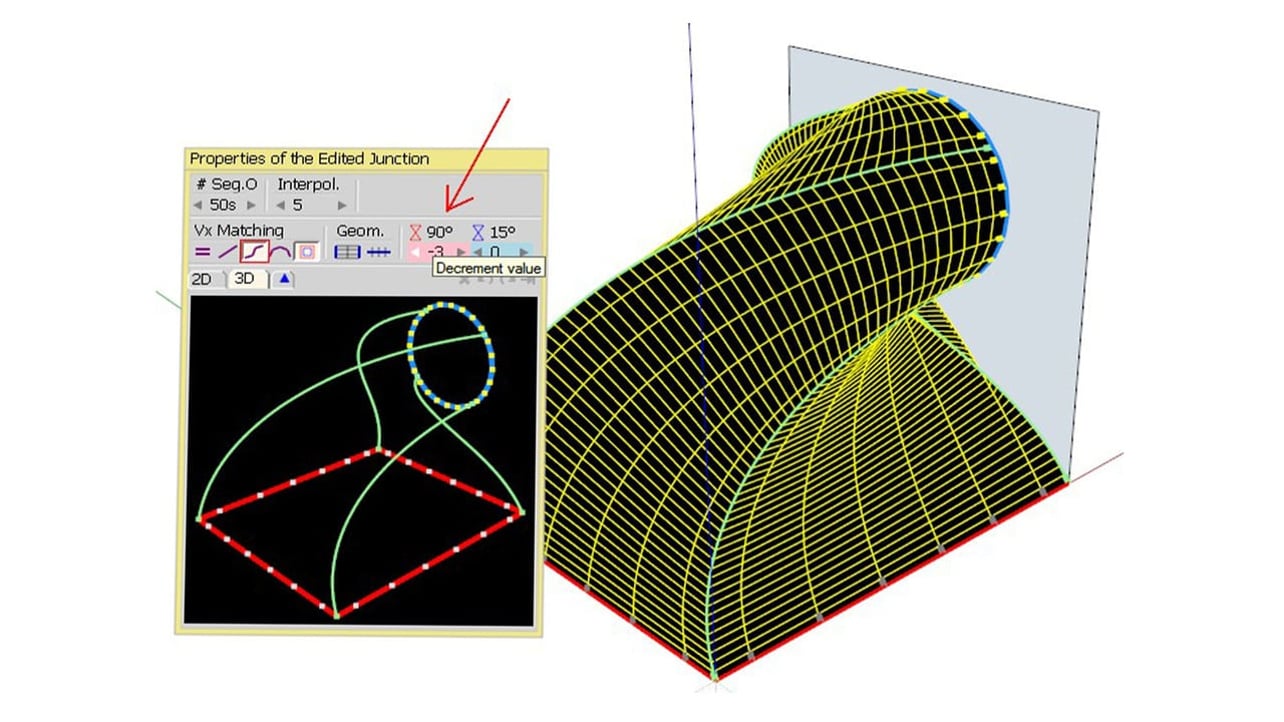TOP 10 HOUSE MODELING EXTENSIONS for SketchUp Part 1

In this video, I just wanted to go through some of the great extensions that are available for creating different kinds of house and building models within SketchUp.
Do you like these SketchUp tutorials and videos?
The HouseBuilder Extension to Sketchup draws floors, walls and roofs for you. Learn how it works and how it installs. Sketchup is fairly easy to master once you understand the basic commands. If you enjoy designing stuff Sketchup is an excellent program and with the housebuilder module you can do a framing model so you can see how the structure is constructed and estimate material costs. House Builder Google SketchUp Plugin Review. The House Builder plugin created by Steve Hurlbut and D. Bur on the Ruby Library Depot is a very efficient.
If so, please consider supporting me on Patreon (click here to support) or by visiting my Support the Show Page!
THE SKETCHUP ESSENTIALS COURSE
http://www.thesketchupessentials.com/course
Best House Building Extensions – Part 1
- Medeek Foundation – https://www.youtube.com/watch?v=WCQysLKZbSA&list=PLEQT0qjXe6zjImhShRK0_6RScSTsInp0Z&index=6
Medeek Foundation is a detailed foundation building extension that allows you to create accurate concrete foundations for your buildings. This extension can create everything from anchor bolts to rebar for your foundations. - Housebuilder – https://www.youtube.com/watch?v=eBR87a9YXIE
House builder is an older extension that contains a set of tools designed to help you model house framing. It contains everything from framed flooring to wall framing. You can go back and add and move around doors and windows to the walls you’ve created, as well as creating roof framing. Note that this is an older extension, and some people have had some issues getting it installed, but it seems to be working fine for me. - Profile Builder – https://www.youtube.com/watch?v=rvKHQBvuTmg&list=PLEQT0qjXe6zjImhShRK0_6RScSTsInp0Z&index=21
Profile builder is a smart profile building extension. While house builder creates wall framing, you can set up wall assemblies within profile builder that contain things like framing, sheathing, drywall, and batt insulation. Once you’ve created these assemblies within Profile Builder, you can also create a schedule of materials, allowing you to quantify the objects within your model. In addition to assemblies like walls, you can also create objects like stair rails and other objects with repeating pieces with profile builder. - 1001 Bit Tools – https://www.youtube.com/watch?v=dlwTNTJwBwE&list=PLEQT0qjXe6zjImhShRK0_6RScSTsInp0Z&index=8
1001Bit Tools is a collection of tools designed to make architectural modeling much easier. This extension contains everything from wall building tools (including tools to add openings to those walls), stair creation tools, door and window frame tools, roof framing tools, and more. This large toolset contains many useful tools – check out the link below for more information on how to use each of them! - Tig Roof – https://www.youtube.com/watch?v=d-QYW-4z71A&list=PLEQT0qjXe6zjImhShRK0_6RScSTsInp0Z&index=46
Tig’s roof extension is an extension designed to help you create many different kinds of complex roofs easily. This extension works on simple rectangular roofs, as well as roof with more complex shapes, allowing for a lot of flexibility when working with different shaped buildings.
The extension warehouse was first included in sketchup 2013. In order to use it, open sketchup and go to Window---->Extension Warehouse. Sign with your google account and explore through wide arry of extension categories. You can also look for any particular extension. Afer discovering your favorite extension, just click on install option and abide by the instructions.
SketchUp and .rbz files: The SketchUp 8 and newerer versions will facilitate the users to set up zipped Ruby files (.rbz) and open it inside sketchup. If there is a standard (.zip) extension with the plugin, then the extension name can be modified from .zip to .rbz.
Go through the following processes to learn how to set up a SketchUp Ruby plugin script through the .rbz format:
- It is suggested that the users should log in their computer as an admin prior to set up any Ruby scripts as it will simplify the installation process and make sure that all the files are set up in the suitable places.
- Go to Window > Preferences (Windows) or SketchUp > Preferences (Mac OS X). The Preferences dialog box is displayed.
- Turn on Extensions. The Extensions panel will be visible.
- Select the Install Extension button. The Open dialog box is appear.
- Find the Ruby zip file to set up (.rbz).
- Select the Open button. The Ruby plugin will be shown in the extension lists.
*.rb files: In case you contains a file having the .rb extension, the plugin can be set up with the placement of the Ruby script file into the exact folder. After that restart SketchUp.

Sketchup Housebuilder Download
Windows - the default location for various sketchup versions will be as follow:
- SketchUp 2015:C:UsersYOUR USERNAMEAppDataRoamingSketchUpSketchUp 2015SketchUpPlugins
- SketchUp 2014:C:UsersYOUR USERNAMEAppDataRoamingSketchUpSketchUp 2014SketchUpPlugins
- SketchUp 2013: C:Program FilesSketchUpSketchUp ####Plugins.
- SketchUp 8 and older: C:Program FilesGoogleGoogle SketchUp #Plugins.
For Mac OS X - the default location will be as follow:
- Version 2013 and higher: Open a new Finder window, press and hold the Option key from the keyboard, then select Go in the menu bar> Library > Application Support > SketchUp # > SketchUp > Plugins
- Version 8 and earlier:[YOUR USER NAME]/Library/Application Support/Google SketchUp #/SketchUp/plugins
It is recommended to generate your plugins folder in the SketchUp folder by selecting File > New folder in your Finder window.
Sketchup Housebuilder Tutorial Videos
After reopening SketchUp, one will find that the script's commands are included with the proper menus. The script can also function through the Ruby Console (open the 'Windows' menu, and then select Ruby Console).